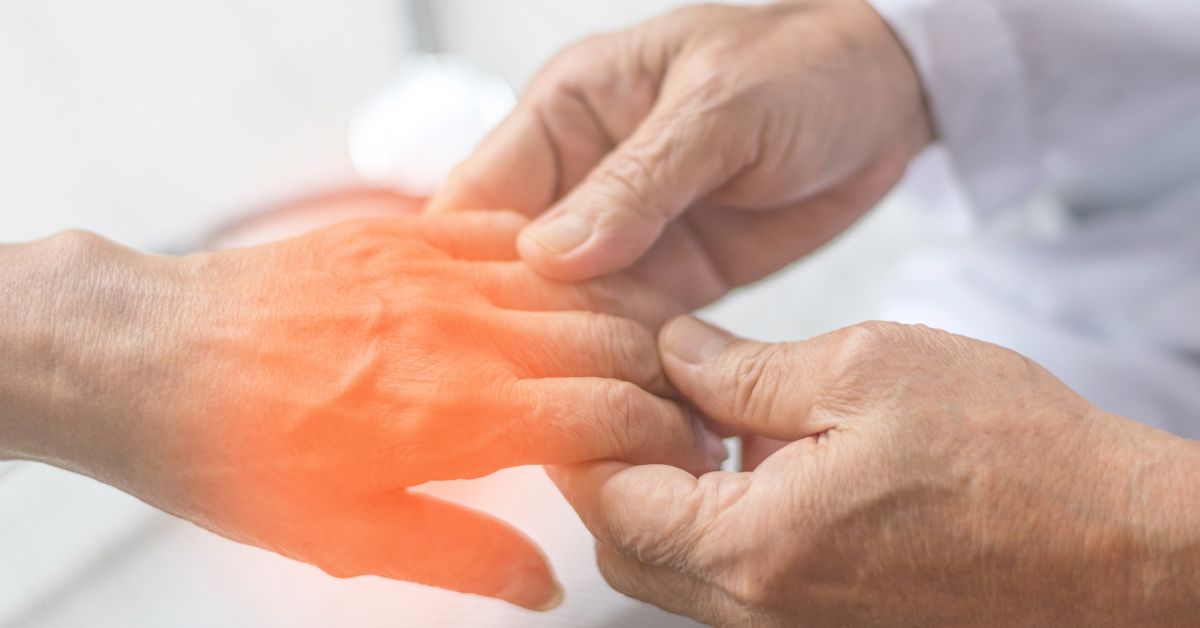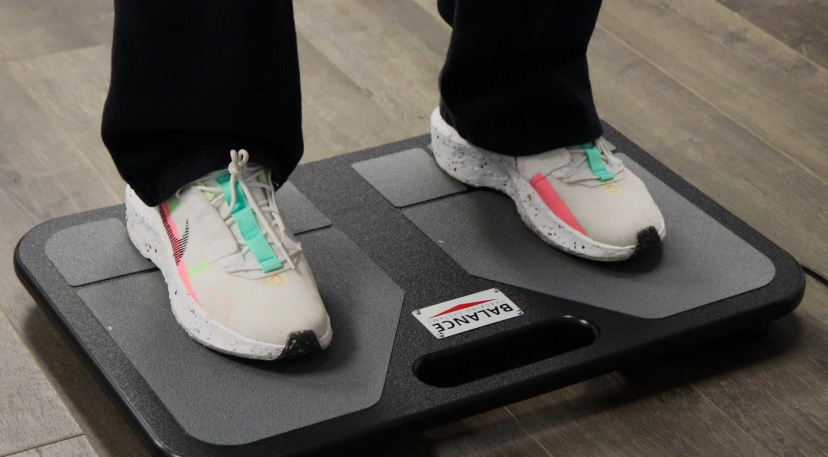We all know that regular health assessments are crucial for maintaining good health. Not only can they help us detect problems early on, but they also provide valuable insight into your overall well-being.
While your primary care physician may perform health assessments during your annual check-up, you can also take responsibility for your health by conducting tests and screenings at home. By regularly performing self-assessments, you can identify warning signs or symptoms of various conditions, such as peripheral neuropathy.
We’re here to help you understand what peripheral neuropathy is, so you’re better equipped to detect the early warning signs at home.
First Things First — What Is Peripheral Neuropathy?
Peripheral neuropathy is damage to the nerves outside the brain and spinal cord, causing them to work improperly. This nerve damage or irritation can cause uncomfortable symptoms, such as tingling, numbness, weakness and pain.
It’s most commonly felt in the hands and feet, and can appear as a change in sensation, perception or strength, often described as “weakness” or “atrophy.”
Some signs and symptoms of peripheral neuropathy include:
- Gradual onset of numbness, prickling or tingling in your feet or hands, which can spread upward into your legs and arms
- Sharp, jabbing, throbbing or burning pain
- Extreme sensitivity to touch or muscle weakness
- Pain during activities that shouldn’t cause pain, such as putting weight on your feet or when they’re under a blanket
- Lack of coordination and falling
- Feeling as if you’re wearing gloves or socks when you’re not
Causes of Peripheral Neuropathy
There are various conditions that can cause peripheral neuropathy. For example, many people with diabetes will develop some type of neuropathy. Many inherited disorders, tumors, autoimmune diseases and infections can also be a cause.
Peripheral neuropathy is a common condition, but often there is a lack of information about recognizing signs and symptoms. This is a problem, because the sooner you can catch or identify nerve damage, the better chance you have at restoring it to its original state.
Now a physician can diagnose peripheral neuropathy, but knowing when to seek further help leaves many people feeling unsure. Self-assessment allows you to check if you should seek a professional opinion. Below you’ll find a self-assessment diagnostic that you can use in the comfort of your home.
10 Ways To Self-Assess For Peripheral Neuropathy At Home
To complete this self-assessment, find a quiet place, a pen and a piece of paper. Either physically complete the tests or answer the questions, and then note your score. You can also ask a loved one to help you perform the tests, or self-assess your loved one.
If you answer “no” to any of the following questions, add 1 point.
1. Can you reach into your purse or wallet, and correctly identify the type of coin?
2. If you put your hand under running water, can you tell if it’s warm or cold, simply by touch? Does it feel the same on both hands?
3. Is there a visible color difference between your hands or feet? One might look bluer or redder, while the other is a normal skin tone.
4. Can you tell the difference between the sharp and dull ends of an object, say a pen, while your eyes are closed? Is this sensation the same for every finger and toe?
5. When you’re barefoot, can you tell the type of floor you’re touching? Can you tell if it’s a fluffy carpet or rough hardwood? Can you feel the seams in the wood?
If you answer “yes” to any of the following questions, add 1 point.
6. Do you have hypersensitivity or difficulty with certain footwear feeling constrictive or unsupportive?
7. Do you feel like you constantly need to wear gloves or mittens outside to maintain a constant temperature sensation in your hands?
8. Do you have discoloration from one finger to the next? Does one nail look less healthy than another on either your hands or feet?
9. Do you often trip or stumble?
10. Do you often burn or cut yourself in the kitchen?
What’s your final score? If you or your loved one scored at least 1 point, that could indicate a potential peripheral neuropathy, and you should seek a professional medical opinion.
Want our opinion? Request a complimentary telephone consultation by completing our quick 5-question contact form. If we think it’s necessary, we’ll invite you in for further testing.
What Does Getting A Diagnosis Look Like?
Understanding your condition depends on your individual circumstances, but it usually starts with seeking a medical opinion and undergoing diagnostic tests, which may include:
- Bedside examination — an in-person examination helps diagnose the structure and functional capacity.
- Bloodwork — this is a common first step, and involves drawing blood and testing it for vitamin and mineral deficiencies.
- Diagnostic testing — there is equipment called an EMG (Electromyography), which can determine the specific nerve location and extent of the damage.
- Nerve biopsy — this is a more invasive procedure, but along with genetic testing, it can help determine why you have peripheral neuropathy and what can be done to improve it.
Non-Invasive Treatment Options
Peripheral neuropathy can be treated using various methods, with many options for non-invasive or non-surgical treatment options. Laser therapy, for example, has been widely proven to help heal symptoms related to peripheral neuropathy.
Want Our Professional Medical Opinion?
If you think you might have peripheral neuropathy, request a complimentary telephone consultation by completing our quick 5-question contact form here.







